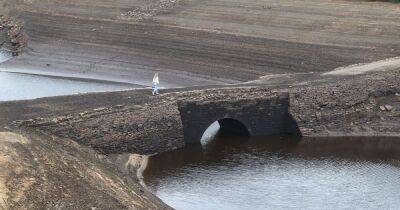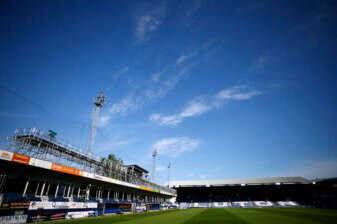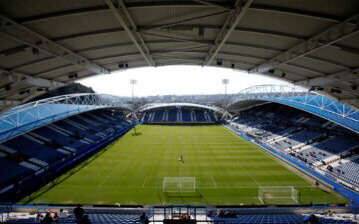Section of canal tow-path beneath 230-year-old bridge at risk of collaspe
A section of canal tow-path beneath a 230-year-old bridge is at risk of collapse as it is supported by corroded iron beams. The Canal and River Trust says the path at the Grade II listed Anderton bridge, also known as Weaver’s bridge, on the Leeds & Liverpool canal near Blackrod, faces ‘ inevitable failure’ and such an event could ‘damage to the bridge or injure canal users’.
In a planning application submitted this week to Bolton Council, the trust set out the case for renewing the path. A design and access statement, said: “The tow-path beneath the bridge is supported by iron beams and posts that are corroded and at risk of failure.
“The existing support is to be removed and replaced with a traditional stone-built canal wash wall. The tow-path will be reinstated using the existing stone setts.
READ MORE: Boy, 15, allegedly killed by 'mum's ex-partner', inquest hears
“The works will prevent damage to the bridge or injury to canal users caused by the inevitable failure of the existing, non-original iron supports. The works will maintain the tow-path in a usable form for many years.”
The Anderton or Weaver’s bridge was built by the Lancaster Canal Company between 1793 and 1798. Uniquely among the bridges on the canal, the tow-path beneath Anderton Bridge does not take its original stone-supported form.
A heritage statement with the plans said there was no documentary evidence to suggest that the tow-path at the bridge was to be built differently. They argue that it is most likely that the original wall supporting the tow-path beneath the bridge failed and was replaced with the existing arrangement of iron supports.
The bridge’s Grade II listing states: “Stone accommodation bridge from the 1790s, built for Lancaster






